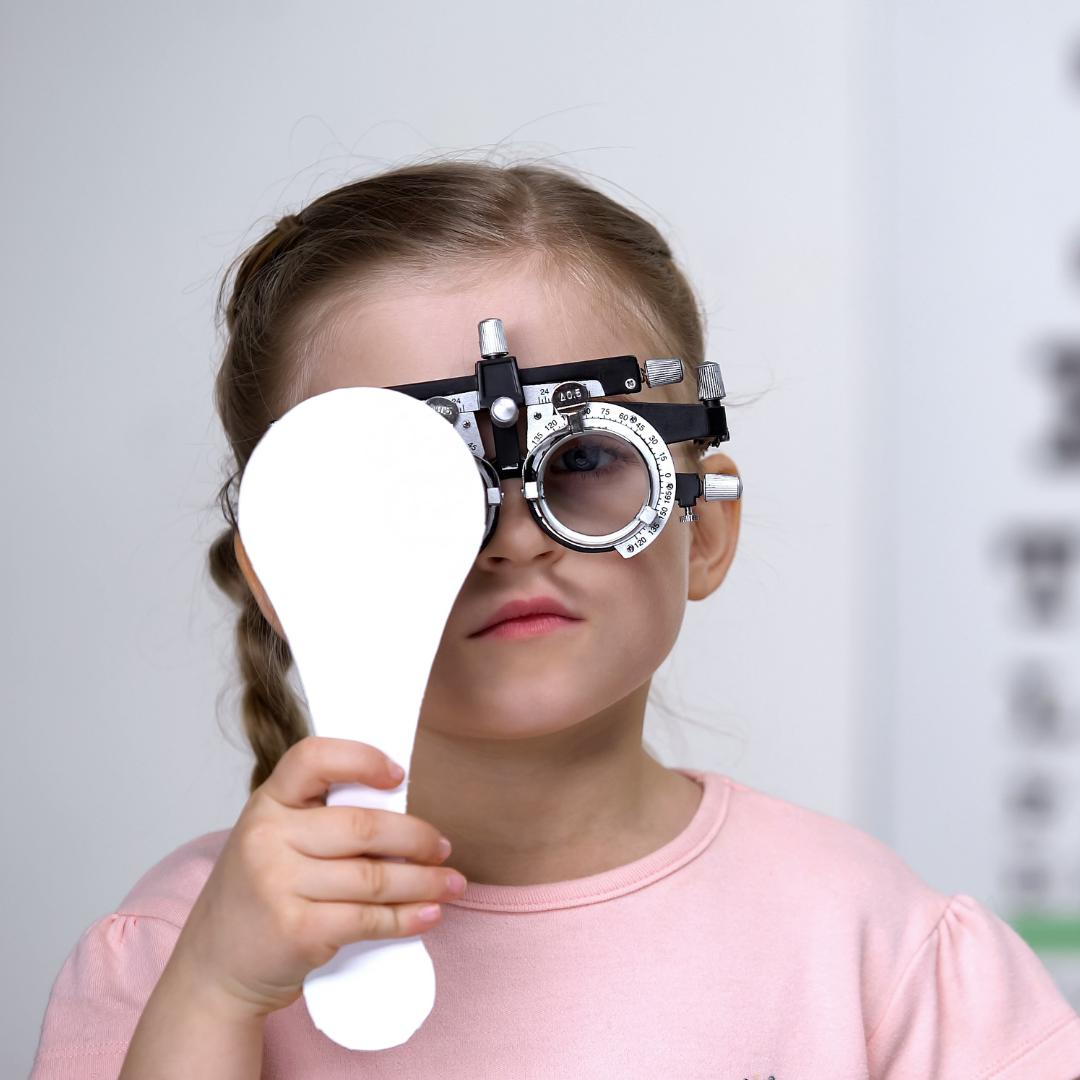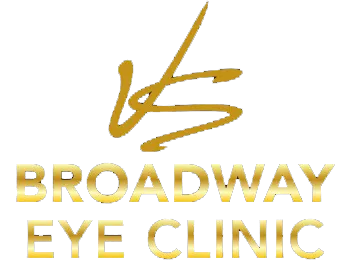
- posted: Feb. 20, 2024
Myopia, often known as nearsightedness, is a common vision issue that typically develops between children aged 6 to 12. Around 30% of teenagers, 9% of kids in school, and 5% of preschoolers have it. If both of a child’s parents are nearsighted, the child is more likely to have myopia. Myopia is generally on the rise, particularly in children. Experts believe that it might have something to do with spending more time indoors playing video games and using electronic gadgets. Read on to learn about some of the best myopia treatment options for children.
The Development of Myopia
When a child’s eyeball grows too rapidly relative to the usual pace of eye growth, myopia occurs. It may also develop if the cornea, the transparent window in front of the eye, curves too sharply. Light rays are unable to reach the retina when they enter the eye, which makes nearby objects look clear and distant objects look blurry.
Treating Myopia in Childhood
Although it cannot be cured or reversed, myopia can be managed and treated. The treatment’s objectives are to strengthen your child’s vision and stop it from deteriorating. Managing myopia is crucial for maintaining their eye health.
Treatment Options to Combat Myopia Progression:
- Specialized Contact Lenses: Customized multifocal contact lenses are tailored to address myopia progression by slowing down eye growth in some children. Additionally, orthokeratology, also known as Ortho-K, offers a unique solution by reshaping the cornea overnight, thus ensuring clearer vision throughout the day.
- Low-Dose Atropine Eye Drops: Children may benefit from the use of low-dose atropine eye drops, similar to those administered during routine eye examinations. This treatment approach has shown promise in managing myopia progression effectively.
- Increasing Outdoor Time: Encouraging children to spend more time outdoors can help counteract the onset and progression of myopia. Balancing screen time with outdoor activities is vital for safeguarding their eye health as they continue to grow.
Consultation with a Treehouse Eyes Provider:
For parents unsure about the most suitable treatment option for their child, consulting with a qualified optometrist is essential. Optometrists with myopia management expertise can provide personalized recommendations and guidance tailored to each child's specific needs and circumstances.
In conclusion, addressing myopia in children requires a comprehensive approach focused on effective treatment strategies and proactive management techniques. By leveraging innovative solutions and collaborating with eye care professionals, parents can ensure optimal vision health for their children both now and in the future.
If you’re not sure which treatment would be the best choice, consult your optometrist to determine how you can manage your child’s myopia.
Locations
250 E 300 S SUITE 380
Salt Lake City, UT 84111, US
Hours of Operation
8:00 am - 6:00 pm
8:00 am - 6:30 pm
8:00 am - 6:00 pm
8:00 am - 12:45 pm
1:45 pm - 6:30 pm
8:00 am - 6:00 pm
By Appointment
Closed

